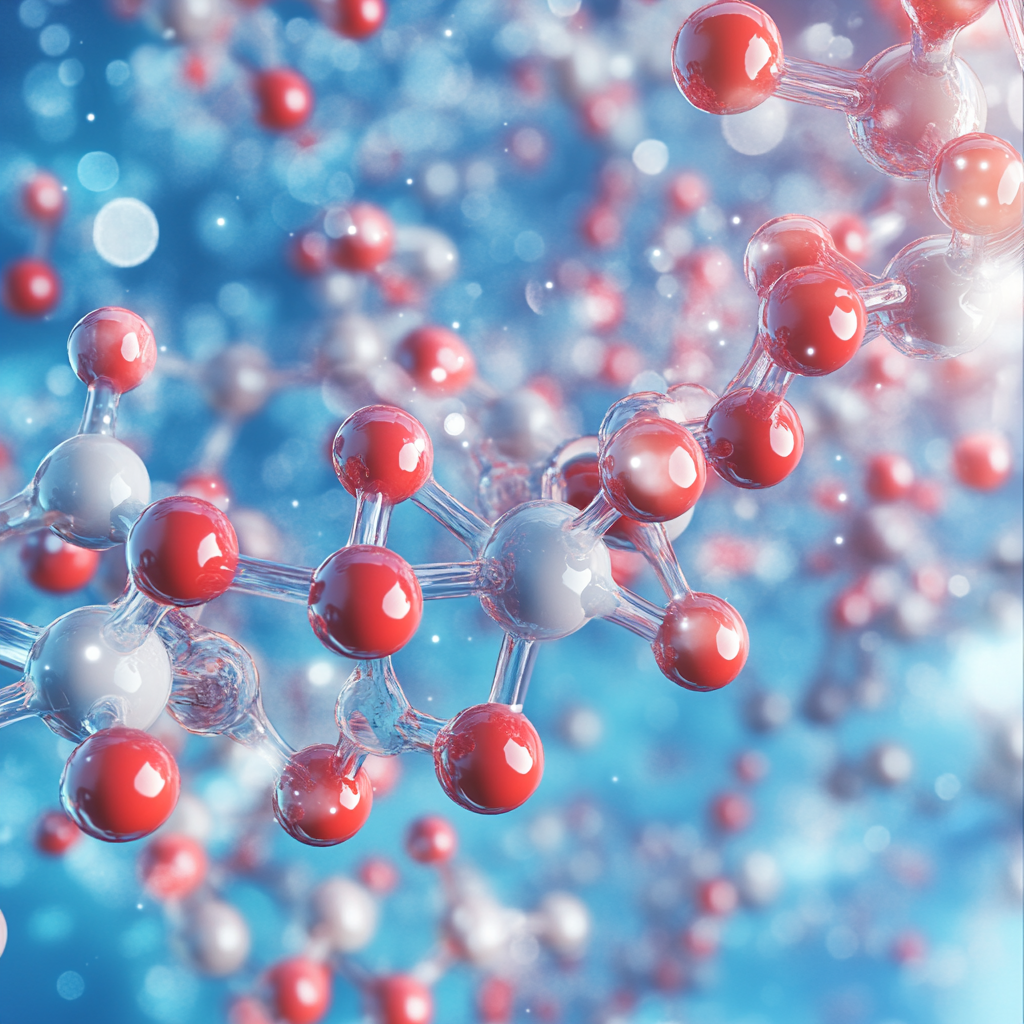

Liquid batteries, particularly those utilising Liquid Organic Hydrogen Carriers (LOHCs), are set to transform renewable energy storage. By effectively managing surplus energy from variable sources like solar and wind, these advanced batteries address the challenges of energy intermittency. Through hydrogen storage in a liquid state using everyday materials like isopropanol, LOHCs facilitate hydrogenation and dehydrogenation reactions, allowing for the efficient release of hydrogen. This innovative approach not only reduces carbon emissions associated with energy production but also leverages existing infrastructure for transport and storage. As we advance towards a sustainable future, the potential of liquid batteries is both exciting and crucial, offering a reliable energy storage solution that enhances the integration of renewables into the energy grid.
The advent of Liquid Organic Hydrogen Carriers (LOHCs) marks a pivotal shift in energy storage technology, offering a fresh perspective on how we harness renewable energy. By enabling hydrogen storage in a liquid form, these organic hydrogen carriers facilitate the release of hydrogen and present a practical solution to the challenges posed by variable sources like solar and wind. This advancement allows for the effective absorption of excess energy. It streamlines the process of transporting hydrogen, integrating seamlessly with existing fuel infrastructures and minimising the need for new technology investments. As industries strive to reduce greenhouse gas emissions and move away from fossil fuels, LOHCs emerge as a viable alternative, ensuring energy is retained and utilised efficiently. The transformation brought by LOHC technology signifies a crucial step towards a sustainable energy landscape, propelling the industry forward in its quest for green solutions.
Integrating liquid batteries, especially those utilising Liquid Organic Hydrogen Carriers (LOHCs), into solar and wind farms is essential for optimising energy efficiency and minimising waste. These renewable sources often encounter fluctuations in energy production, and liquid hydrogen systems provide a strategic solution for managing surplus energy. By capturing excess energy generated during peak production times, these innovative systems use hydrogenation to absorb and store hydrogen as a liquid. This prevents the loss of valuable energy and enables the release of hydrogen when demand increases. As a result, operators can ensure a steady energy supply, effectively bridging the gap between production and consumption. Moreover, leveraging existing hydrogen transport and storage infrastructures reduces the need for costly new developments, making the transition to sustainable energy practices more accessible and economically viable for solar and wind farms, all while supporting fuel cell technology.
Utilising iron as a catalyst in Liquid Organic Hydrogen Carrier (LOHC) systems offers significant economic and environmental benefits that can accelerate the adoption of this groundbreaking technology. By choosing more common and non-precious metals, the overall cost of LOHC systems can be significantly reduced, making them more accessible for various applications in the energy sector. This cost-effectiveness helps lower initial investments for energy producers. It supports a sustainable approach to storing hydrogen, as iron is abundant and has a lower environmental impact than traditional precious metal catalysts. In these systems, iron-based catalysts facilitate the chemical reaction needed for organic molecules to absorb and release hydrogen when required. Consequently, embracing iron-based catalysts can unlock new avenues for investment and innovation, propelling the energy industry towards a more economically viable and environmentally friendly future.
Liquid batteries, particularly those utilising Liquid Organic Hydrogen Carriers (LOHCs), offer functionality beyond simple energy storage. They excel at releasing hydrogen while storing excess electric energy generated from renewable sources, all under ambient conditions. This capability allows for the transportation and delivery of hydrogen as a fuel, making them versatile assets in the energy landscape. By integrating with existing infrastructures, these innovative liquid carriers can support various applications, including providing backup power during peak demand periods and enabling the decarbonisation of transportation through hydrogen fuel cells. Additionally, their potential uses in industrial processes and heating, particularly with hydrogen-rich LOHCs, allow the effective use of waste heat. This multifunctionality enhances energy efficiency and fosters a robust and adaptable framework for a sustainable energy future.
Integrating liquid batteries, especially those utilising Liquid Organic Hydrogen Carriers (LOHCs), significantly enhances the transition towards a greener future. These innovative energy storage systems offer a sustainable alternative to fossil fuels by efficiently capturing and utilising renewable energies like solar and wind. By harnessing excess electrical energy, liquid batteries mitigate the unpredictability of renewable energy generation and contribute to decarbonisation efforts across various sectors. With the ability to store hydrogen in a liquid phase, these systems ensure chemical stability and facilitate cleaner fuel options while supporting existing transport infrastructures, thus reducing reliance on traditional fossil fuels. The widespread adoption of liquid batteries is crucial for creating a more sustainable and resilient energy landscape, ultimately leading to a marked decrease in greenhouse gas emissions and a significant advancement in our fight against climate change, even at cryogenic temperatures.
Liquid Organic Hydrogen Carriers (LOHCs) are poised to revolutionise the energy landscape by enabling efficient storage and transportation of renewable energy. As we increasingly rely on renewable sources like solar and wind, energy storage and distribution challenges become more pronounced. LOHCs tackle these issues by storing excess hydrogen energy in a low-density liquid form, facilitating management of fluctuations in production and ensuring availability during peak demand. This capability minimises energy waste and allows for seamless integration into existing infrastructures, contributing to a comprehensive energy solution that enhances efficiency and sustainability. Incorporating a techno-economic analysis reveals that LOHC systems benefit from low toxicity and high purity, making them safe and effective for broader applications. Additionally, advances in catalysts, such as iron, enhance the economic viability of these systems, particularly when considering the endothermic reaction required for hydrogen release. The boiling point of LOHCs makes them practical for storage, further paving the way for a new era focused on clean energy solutions and a more sustainable future.
Liquid batteries, particularly those utilising Liquid Organic Hydrogen Carriers (LOHCs), play a pivotal role in addressing the inherent limitations of solar and wind power. These renewable energy sources, although abundant, face challenges such as intermittency and unpredictability, which can hinder their effectiveness in meeting continuous energy demands. By capturing excess energy during peak production times and storing it in a liquid form, LOHC systems prevent energy waste and ensure that this valuable resource is readily available when consumption peaks. This capability transforms how energy from solar and wind sources can be harnessed, making them more reliable partners in transitioning to a sustainable energy future. Additionally, the ability of liquid batteries to integrate seamlessly into existing energy infrastructures facilitates their widespread adoption, thereby enhancing the resilience and efficiency of renewable energy systems.
As the energy sector shifts towards more sustainable practices, liquid batteries, particularly those employing Liquid Organic Hydrogen Carriers (LOHCs), emerge as revolutionary solutions in energy storage. These systems address critical challenges associated with renewable energy generation by storing excess energy generated during peak production times and making it available during periods of high demand. By capturing and retaining surplus energy in a liquid form, LOHC technology minimises waste and enhances the reliability and efficiency of renewable sources like solar and wind. Furthermore, integrating iron-based catalysts in these systems reduces costs and environmental impact, fostering wider adoption across various applications. With the potential to transform energy management frameworks, liquid batteries are paving the way for a greener, more sustainable future, effectively enabling the transition from fossil fuel dependency.

This website uses cookies to improve your experience. Choose what you're happy with.
Required for the site to function and can't be switched off.
Help us improve the website. Turn on if you agree.
Used for ads and personalisation. Turn on if you agree.
This website uses cookies to improve your experience. Choose what you're happy with.
Required for the site to function and can't be switched off.
Help us improve the website. Turn on if you agree.
Used for ads and personalisation. Turn on if you agree.